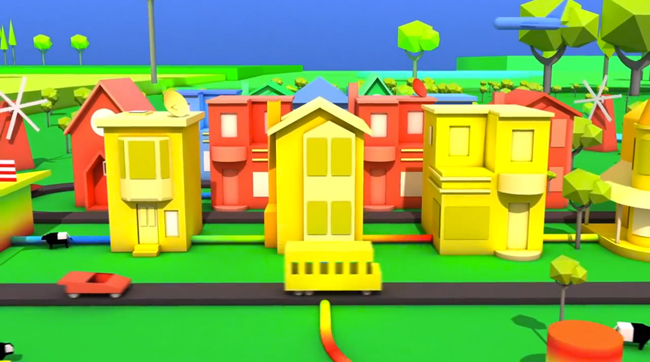 As we previously reported, Google’s heading deep in the heart of Texas for its latest Google Fiber installation project. The company announced today that it’s hoping to have Austin connected to its superfast gigabit Internet service as early as mid-2014, but it didn’t mention anything about how much money it’s investing in its service. Late last year, Google began launching Fiber in Kansas City, Kansas, with plans to also include Kansas City, Missouri. However, TechCrunch is reporting that the Bernstein Research analyst group estimates the cost for building and deploying the Fiber network in Kansas City could reach $84 million just to get to the first 149,000 homes – and that’s before they’re even connected to the service. To actually provide service for 12,000 homes on day one will cost an additional $10 million, bringing Google’s total cost for its Kansas City project to $94 million.
As we previously reported, Google’s heading deep in the heart of Texas for its latest Google Fiber installation project. The company announced today that it’s hoping to have Austin connected to its superfast gigabit Internet service as early as mid-2014, but it didn’t mention anything about how much money it’s investing in its service. Late last year, Google began launching Fiber in Kansas City, Kansas, with plans to also include Kansas City, Missouri. However, TechCrunch is reporting that the Bernstein Research analyst group estimates the cost for building and deploying the Fiber network in Kansas City could reach $84 million just to get to the first 149,000 homes – and that’s before they’re even connected to the service. To actually provide service for 12,000 homes on day one will cost an additional $10 million, bringing Google’s total cost for its Kansas City project to $94 million.
According to Carlos Kirjner and Ram Parameswaran of Bernstein Research, that $84 million doesn’t even cover actually connecting those 149,000 homes. It will cost another $674 or $500 per house, depending on whether the house is based in Kansas City, Kan., or Kansas City, Mo., respectively. Bernstein’s analysts estimate that Google’s total cost to build the infrastructure to cover 300,000 homes could reach $170 million – and, once again, that number is before Fiber is actually installed in any of the homes.
Now that Austin will be the next city to receive Google Fiber, it begs the question of what Google’s plans are for its superfast Internet and TV service. Bernstein analysts estimate that it would cost $11 billion for Google to build and rollout the service to 20 million homes nationwide. That 20 million number is important because it equates to roughly 15 percent of the market and would make Google a “medium-to-large domestic access and pay-TV provider,” according to Bernstein.
Google currently sells three tiers of Fiber: the most comprehensive includes gigabit Internet and over 200 HD TV channels for $120 a month; the middle tier includes gigabit Internet for $70 a month; and the lowest tier charges $300 for installation with 5Mbps download speed guaranteed for free for at least seven years. None of these plans include a data cap, either.
We’ll see what happens with Google Fiber. While one analyst group’s opinion isn’t gospel, it does highlight the exorbitant cost of building a high speed network from scratch. Google isn’t hurting for cash, but it does raise the question of what Google projects might be sacrificed in the future to accomodate the cost of an unproven superfast Internet network.
Image via Google

